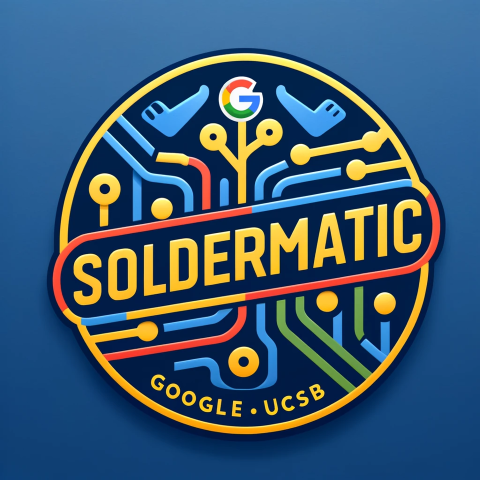Soldermatic

Soldermatic
In next-generation fault-tolerant quantum computers, the increasing number of qubits on superconducting processors leads to a rise in infrastructure complexity, complicating the assembly procedure of the cryogenic system. The use of coaxial cables for connections to control and readout lines has become spatially inefficient, necessitating a shift in the wiring process. The solution is to replace coaxial cables with flex PCBs, increasing the number of lines per fridge port from 55 to 192. However, the current protocol for integrating flex PCBs is inadequate, requiring an operator's limited time and full attention to perform numerous solder jobs for flex-to-flex joints.
Our solution is to design a custom PCB with a PID control algorithm embedded in its firmware that interfaces with the production solder jig developed by Google QAI. At the push of a button from a simple web-server user interface, this system will regulate the jig's temperature to a desired set point and allow the operator to monitor essential job data, such as surface temperature and cartridge heater temperature, during the solder reflow process. With this automation, an operator will no longer need to manually control the jig's temperature, saving significant time and enabling the possibility of scaling job productivity by incorporating several more jigs and running them all at once. We anticipate that the number of jobs the team can complete per day will increase by 5-10 times with the success of our project.



